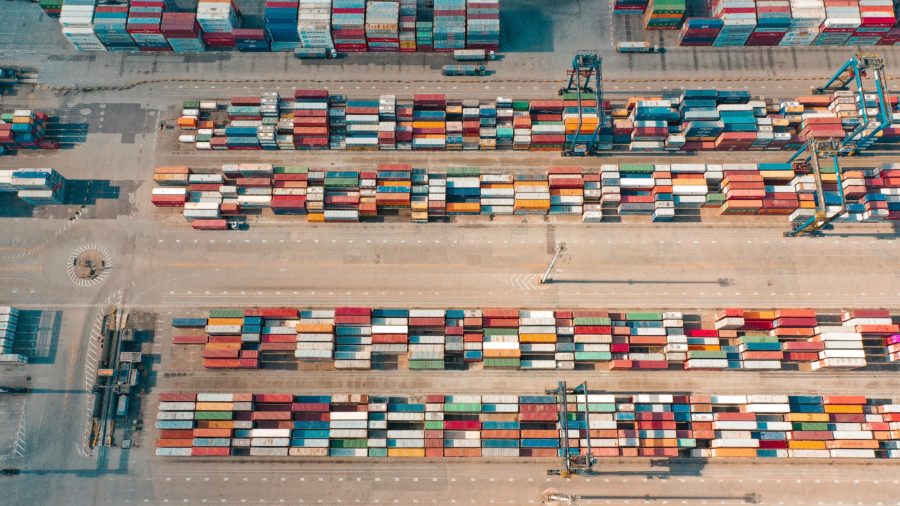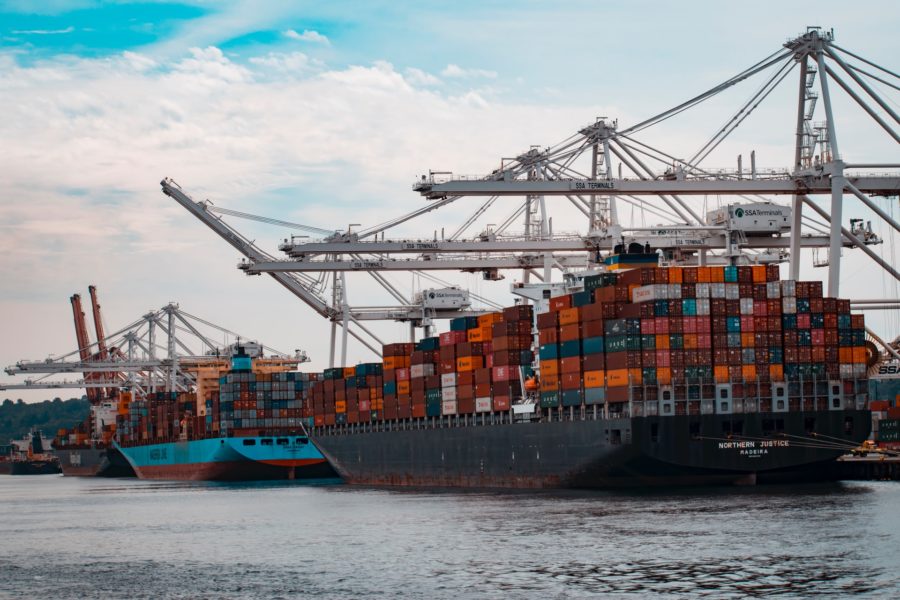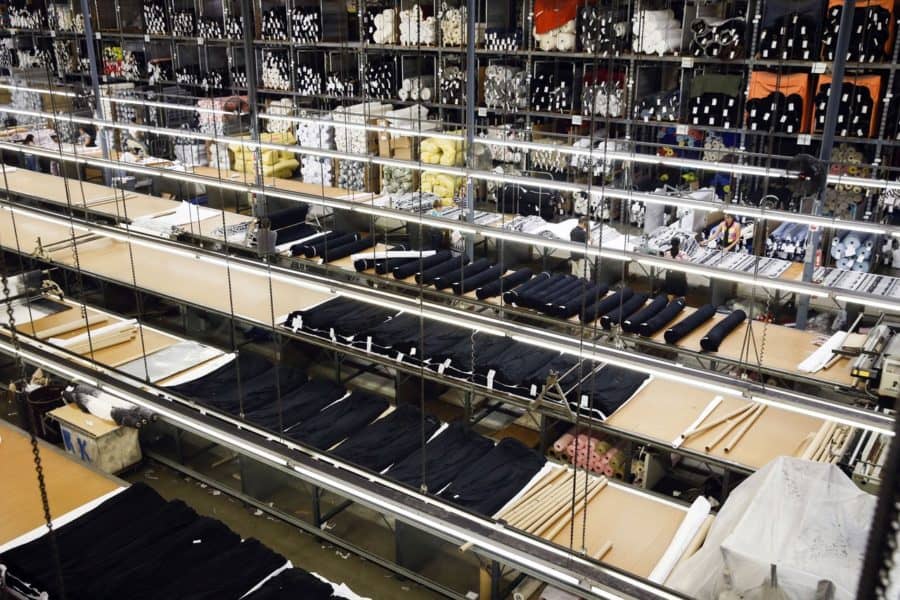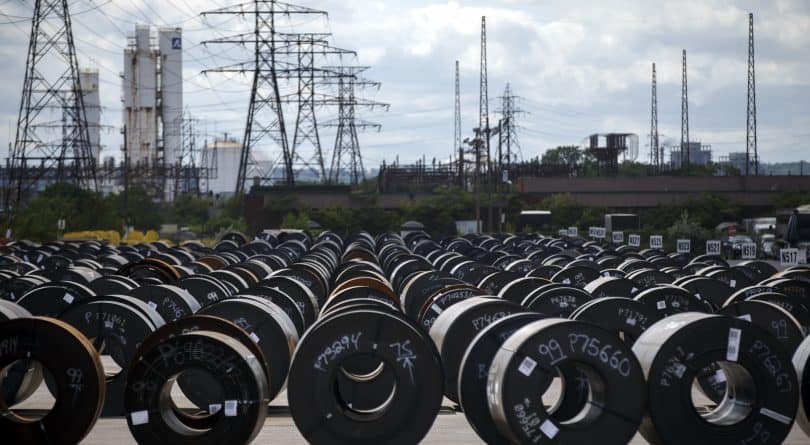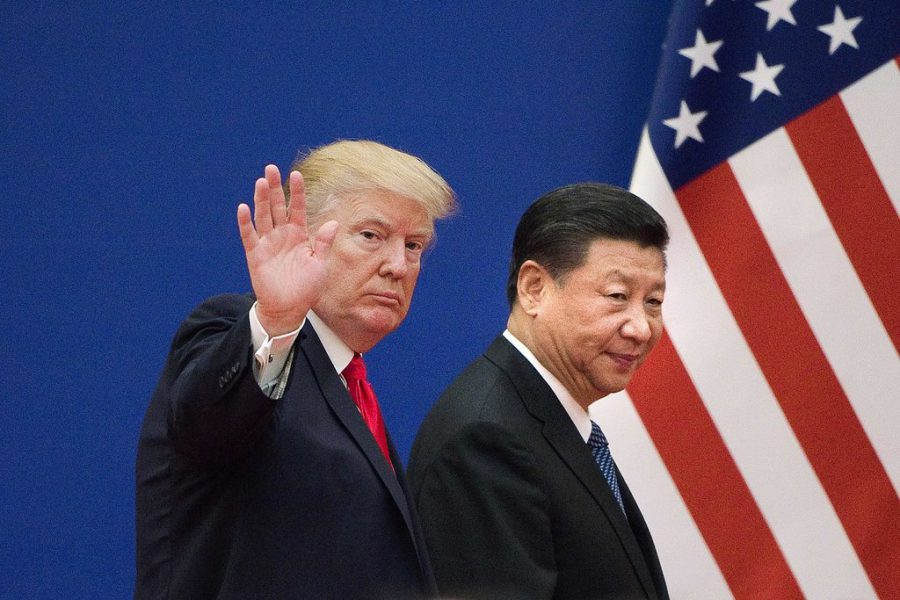May 1, 2020
What Does a Trade Consultant Do?
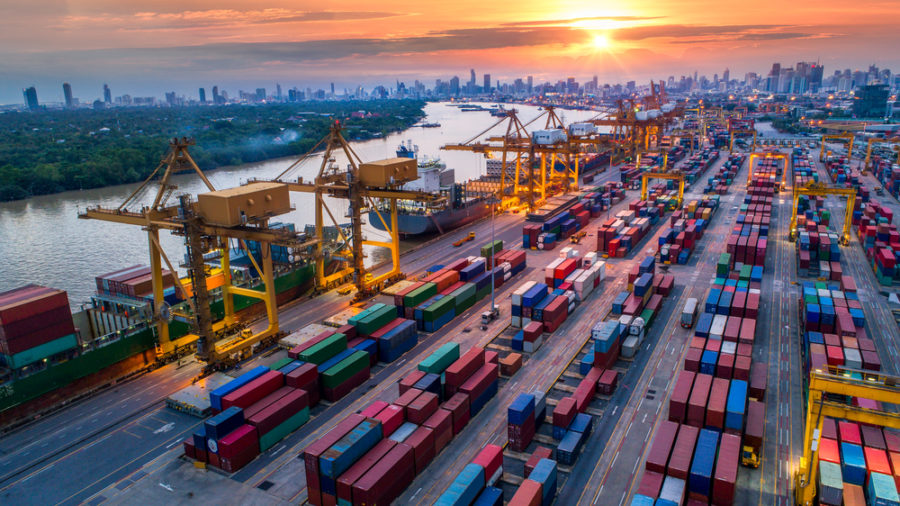
As international trade regulations often change, it’s important for businesses to be as prepared as they can be to keep their trade operations up-to-date and compliant. While it can be a challenge for businesses to keep up with the latest changes, a trade consultant can help.
What Is a Trade Consultant?
An international trade consultant can help companies get all of the answers they need regarding the potential changes in the future of foreign markets. A trade consultant helps you navigate import and export trade compliance regulations that can impact where you do business. A reputable trade advisor will help you establish and maintain trade compliance programs, support you during audits, recover duties and taxes (or help you avoid them), and even manage border security. Reliable consultants can provide advice and services around many different projects in several areas of trade including market research, human resources, engineering, corporate strategy, and IT, among others.
Similar to other types of consultants, trade consultants often have experience and skills that are vital for working with a variety of specialty clients. Consultants need to be effective communicators, have the ability to effectively and accurately analyze data and make realistic predictions for the results of a specific action, and be capable of identifying certain strengths among clients that can benefit them in the long run. International consulting contracts are used to govern the relationships between consultants and their clientele.
There are many services that a consultant can provide. Consultants may benefit clients in the following areas:
Monetary Recovery
Consultants can help companies make a swift monetary recovery from spending on international trade. Some of the services that consultants can offer in this area could include duty recovery and drawbacks, duty deferral assistance, and the identification of duty refund opportunities. In the process, companies can worry less about their finances.

Technical Services
A dependable consultant can also assist with the technical aspect of foreign trade. Services in the technical area include valuation services, tariff classification, voluntary disclosures, customized training, and advance customs rulings. All of these services help ensure that no technical element is overlooked and underutilized.
Compliance Process Reviews
If you want to make sure that you’re consistently compliant all along the supply chain, good consultants can conduct compliance process reviews that audit every aspect to maintain consistent compliance. Reviews may include customs compliance reviews, customs audit assistance, process and internal control design, and post-entry audit, all of which can eliminate any concerns around your adherence to industry regulations.
International Trade Agreements
When establishing and maintaining Preferential Trade Agreements, trade consultants can make sure the process goes smoothly. Consultants can help with everything from country origin determination and certificate of origin maintenance to free trade program compliance reviews, which will further ensure compliance across the supply chain.
With all services combined, a trade consultant can make sure a company has everything it needs to manage foreign trade and remain compliant.
Work with a Reputable Trade Consultant to Optimize Efficiency and Maintain Compliance
With all of the benefits that come with a good trade consultant, working with one can help keep all operations efficient and help alleviate any stress you might otherwise experience in the trade process. Trade consultants like Carson can give your business everything it needs with top-tier services that cover every element of international trade.


